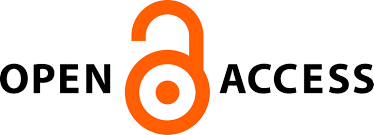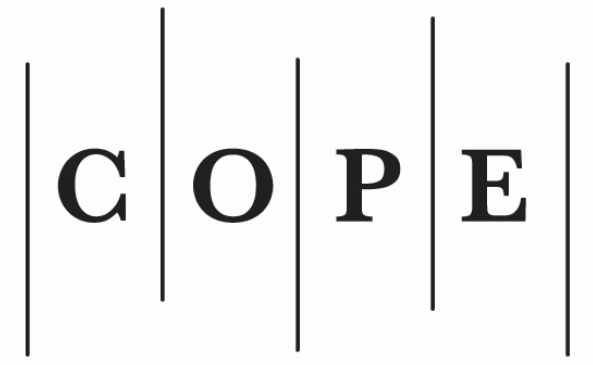Mokymo apie kriminalistines situacijas aktualijos (straipsnis anglų kalba)
plugins.themes.bootstrap3.article.main6954ded4bef1b
Santrauka
Straipsnyje nagrinėjama viena iš reikšmingiausių kriminalistikos teorijos ir nusikaltimų tyrimo metodikos kategorijų – kriminalistinė situacija. Jame nagrinėjamos tokios sąvokos kaip „kriminalinė situacija“, „kriminalistinė situacija“, „nusikaltimo situacija“ ir „nusikaltimų tyrimo situacija“, jų turinys, klasifikacija bei tarpusavio ryšiai. Tiriant nusikalstamas veikas, susiduriama su baudžiamosios teisės, kriminologinėmis ir kriminalistinėmis situacijomis. Tačiau jas visas jungia tai, kad jas sudaro konkrečios situacijos, kurias galima sąlyginai pavadinti kriminalinėmis situacijomis. Tinkamai išanalizavus ir suklasifikavus nusikalstamų veikų situacijas, galima nustatyti jų tyrimo atvejų strategines bei taktines charakteristikas, prognozuoti jų eigą ir tikėtiną rezultatą. Tiriamo nusikaltimo kriminalistinės esmės išaiškinimas paprastai prasideda būtent nuo situacijos, kurioje nusikaltimas buvo padarytas, suvokimo ir tyrimo. Tam tikra aplinka, apibūdinanti situaciją, gali palengvinti arba pasunkinti nusikalstamos veikos padarymą atitinkamu būdu. Labai dažnai aplinka lemia, kad nusikalstamos veikos būdas tampa susijęs su šia aplinka. Be to, ji dažnai turi esminį poveikį nusikalstamos veikos padarymo mechanizmui. Yra svarbu nusikalstamų veikų tyrimo reikmėms išryškinti santykius ne tik nusikalstamų veikų padarymo metu, bet ir prieš jas padarant bei po jo padarymo.
plugins.themes.bootstrap3.article.details6954ded4c2003
Skyrius
Mokslo straipsnis
Šiam žurnalui suteikta Creative Commons Priskyrimas - CC BY 4.0 licencija (taikoma nuo 2025 m.).






